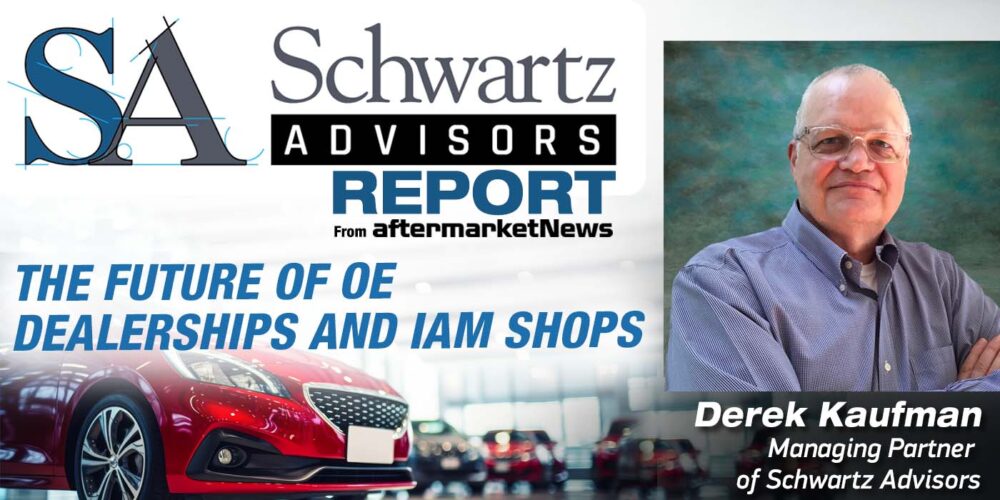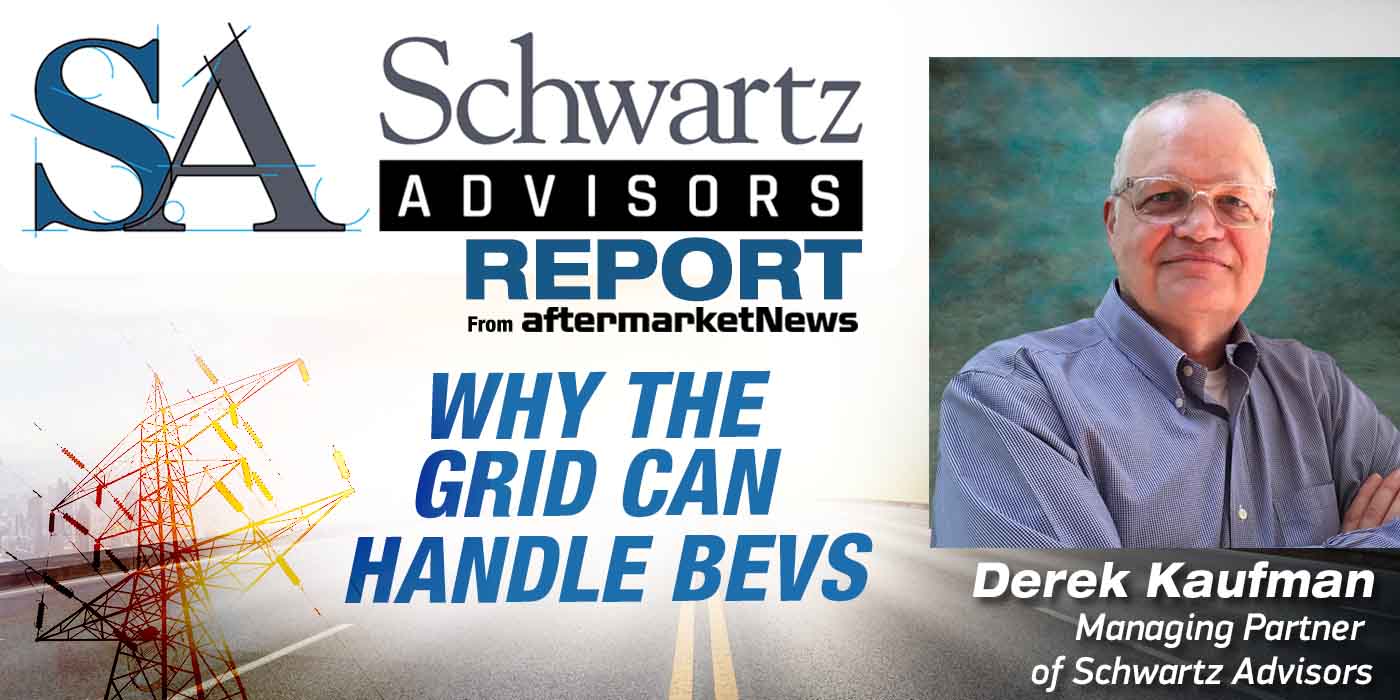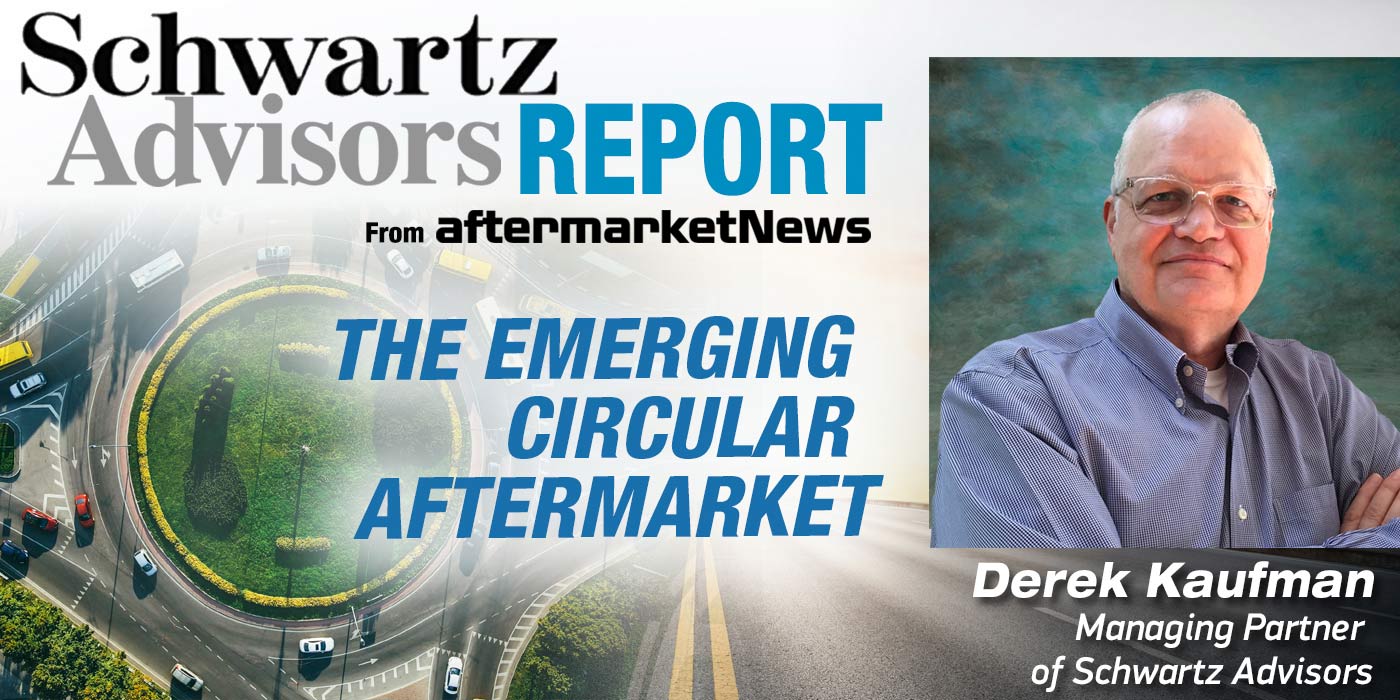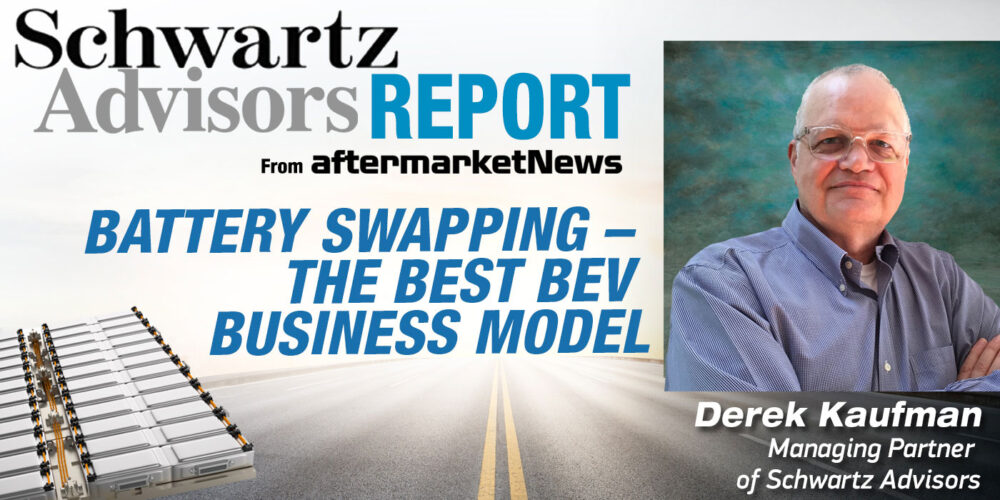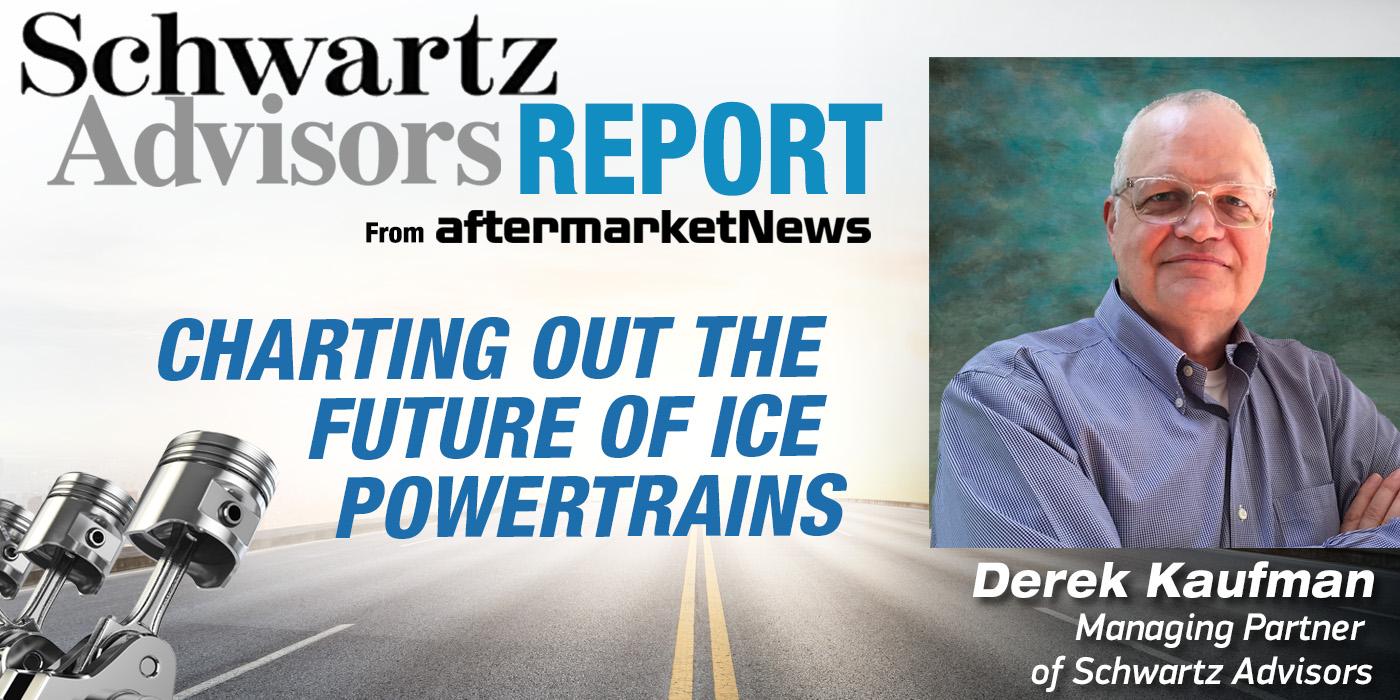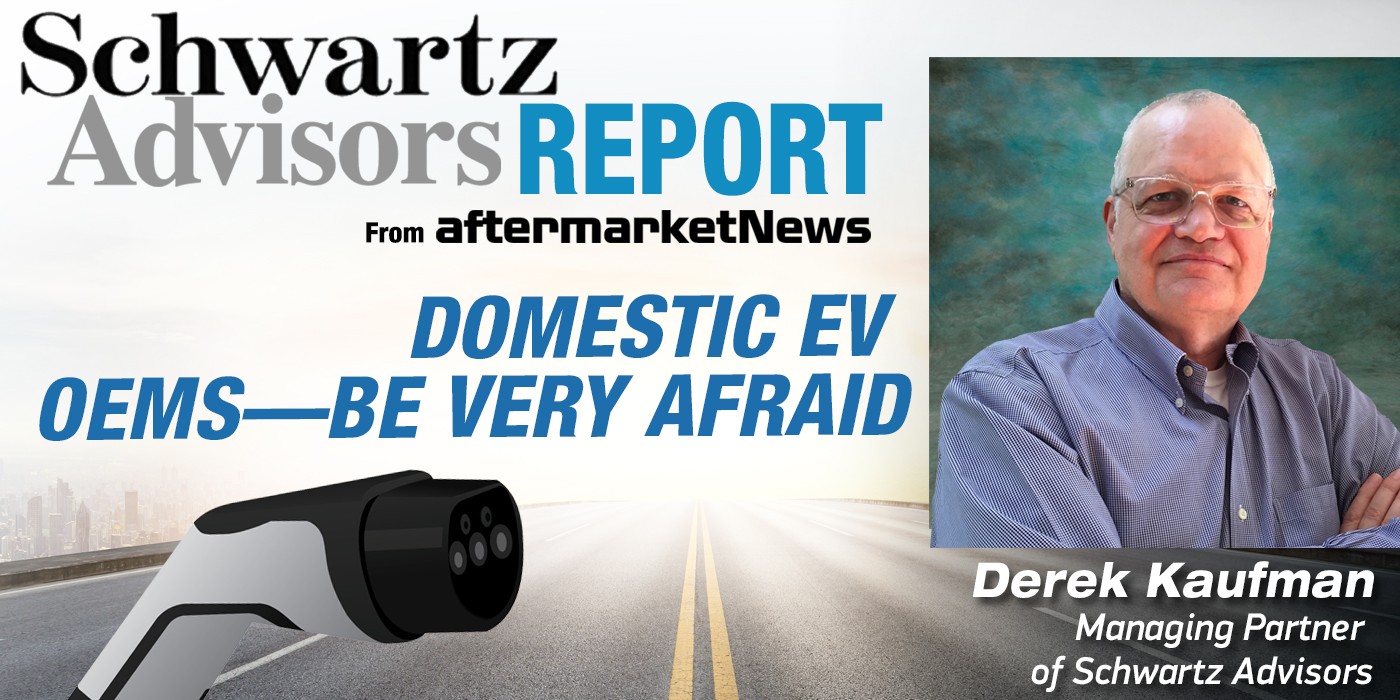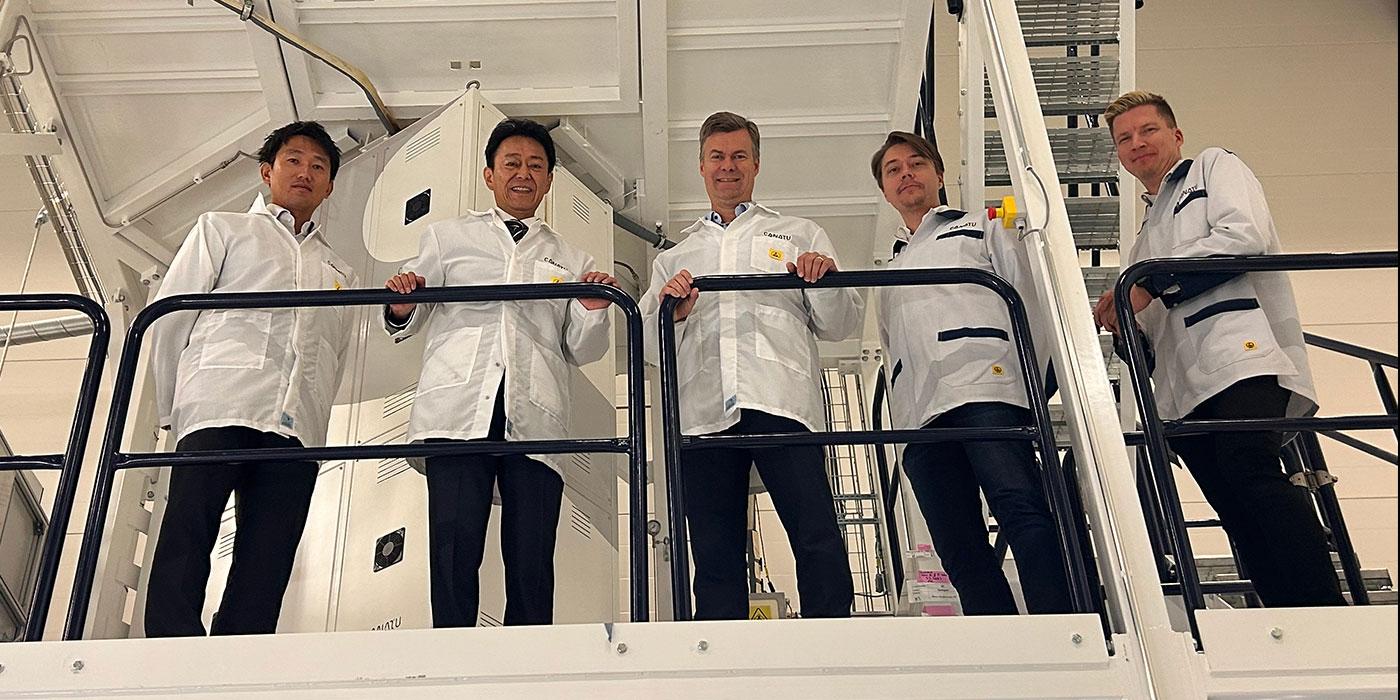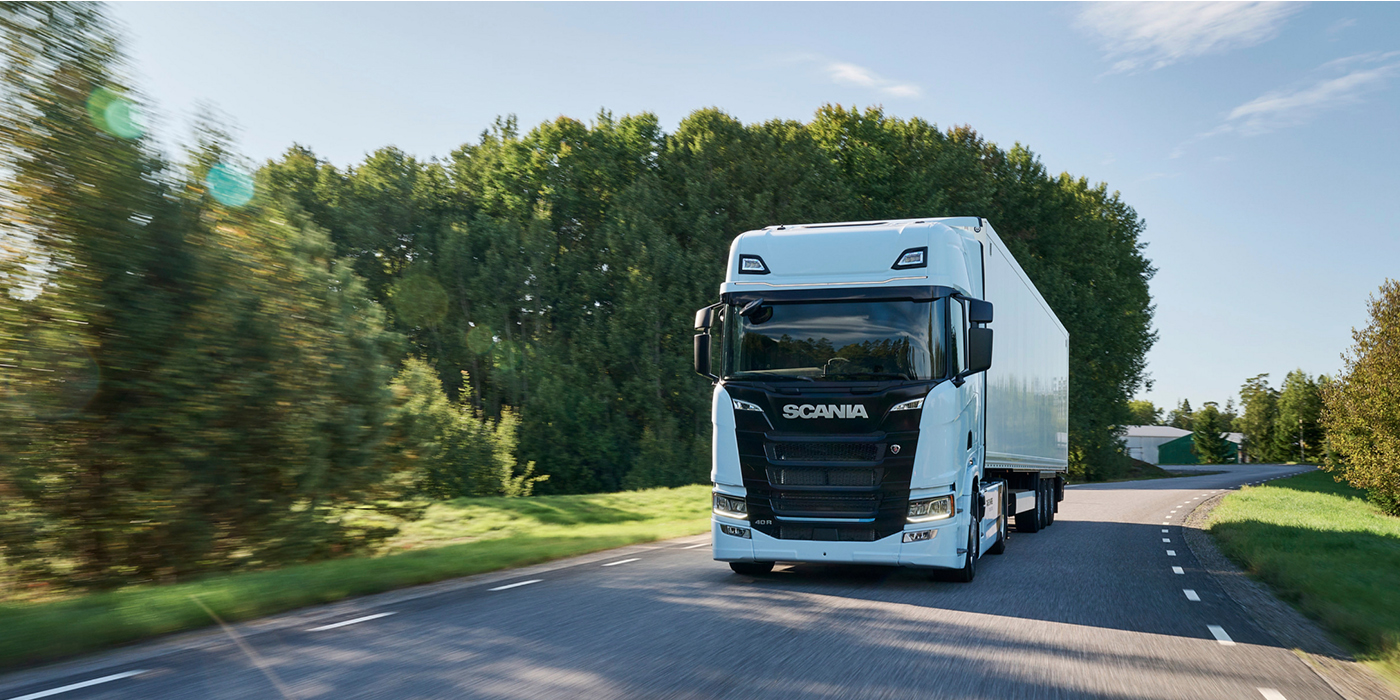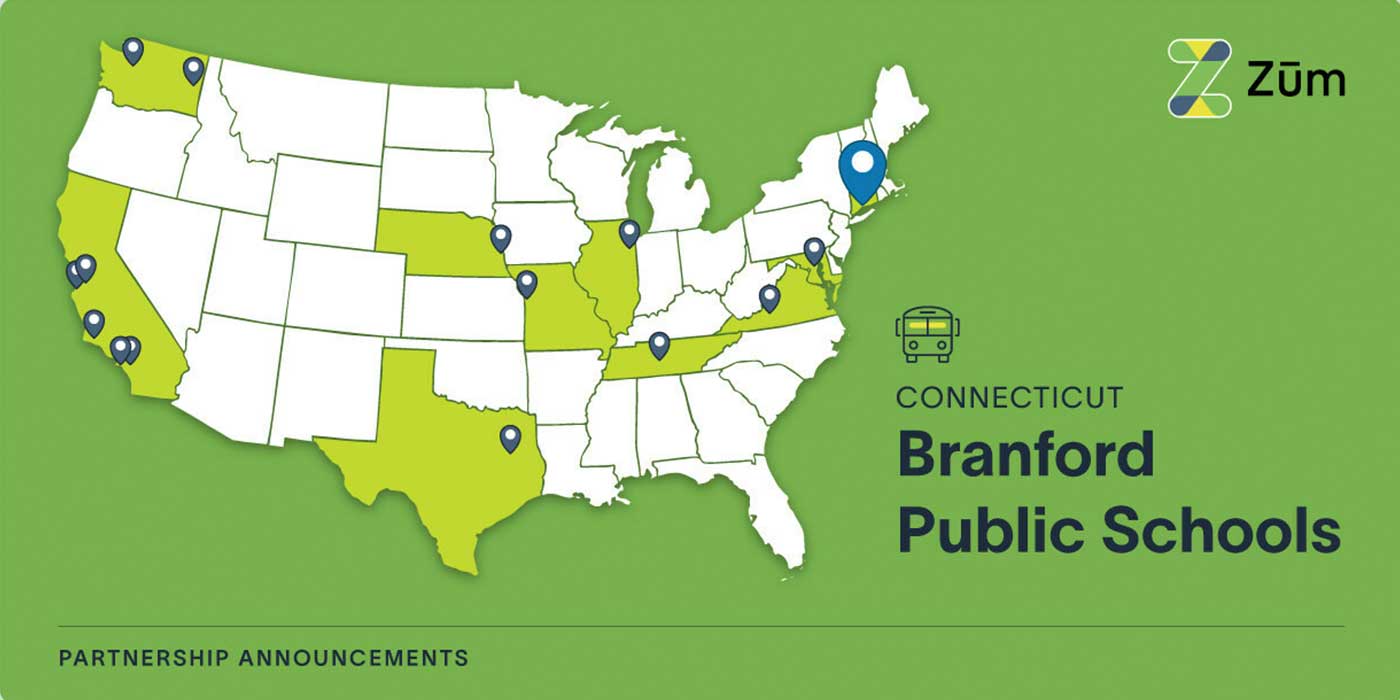Cooperation–the process of working together to the same end
Competition–the contest between organizations that provide similar products or services or that target the same audience
Coopetition–working with your competitors to satisfy the same customer
Independent shops have always worked with local OE dealerships to service their customers’ cars. When aftermarket parts are not available, only OE parts apply. When independent shops lack the diagnostic capability to solve a problem, sometimes the OE dealer does. IAM shops working on ADAS calibration or embedded software challenges can benefit from OE Dealer service and diagnostic equipment.
All that said, the two groups are true competitors for servicing cars outside the warranty period. Dealers want to extend customer loyalty to keep their cars in their bays. IAM shops need those cars to make the weekly payroll. In this blog, I will examine some of the factors that are changing this IAM Shop/OE Dealer landscape.
I see vehicle OEMs building an omnichannel future for their dealerships. With the introduction of BEVs, almost every OEM has announced a “radical transformation” of their go-to-market sales strategy. Volkswagen, in Europe, has converted their dealers to an agency model where the OEM controls all inventory and dictates prices while the dealers deliver cars and service them after the sale. GM has stated that they want to “radically transform the EV buying and ownership experience.” Volvo has said they will only sell BEVs online and will do so through their subscription service called Care by Volvo. The list goes on, with every OEM taking more control of the sales process.
To offset the dealers’ lost revenue and margin of vehicle sales, OEMs are increasing their focus on parts and service sales and working with their dealers to target fleet vehicle service opportunities.
- Stellantis has created the SUSTAINera brand which will offer 13,000 remanufactured part numbers covering 37 different product lines.
- Ford formed Ford Pro in May 2021 to provide parts and service support for vehicle fleets. In May 2023 they reported 1st quarter earnings of $1.2B on sales of $13.2B—they expect 2023 operating profit to be $6B.
- Toyota has announced reduced pricing on 16 replacement parts categories. Price reductions on the most common replacement items will range between 2 and 51%.
- GM placed 45,000 parts SKUs online, stating that parts and accessory sales will be a major profit category by 2030.
- GM also announced GM Envolve in May 2023 to create tailored solutions to meet fleet managers’ business challenges. The entire program includes:
- Mobility: GM Parts, AC Delco and Certified Service and Accessories
- Energy: Stationary storage, integrated charging, cloud management and Hydrotec fuel cell technology
- Delivery: Hardware and software solutions through GM’s BrightDrop business, which offers electric delivery options
- Insight: OnStar Business Solutions
- Growth: Services to help customers maximize performance
OEMs understand that the future VIO will see a higher percentage of fleet vehicles. Shared vehicle fleets will provide long distance ICE powertrain cars to BEV owners who want to take long trips. All kinds of home delivery companies will use shared cars rather than burdening their balance sheets with vehicle ownership. Gen Z and Gen Alpha people will opt for shared vehicles rather than ownership. OEMs want that fleet business because it employs steady preventative maintenance workflows and higher VMT per vehicle.
Further out, I see autonomous vehicles requiring constant certification of their ADAS systems for safety and more OEM ownership of the AV services themselves. No one cares that your on-demand AV is a Ford, but they will care that the vehicle is well serviced, available and dependable and OEMs will want to control that process.
To handle this increase in fleet service, I see two actions by OE dealerships. 1) They will add fleet service bays in facilities that are off dealer row to keep costs down. 2) They will invest in mobile service companies to take service to the fleets and individual vehicle owners. The recent acquisition of RepairSmith by AutoNation is a good example of this trend.
IAM shops should not fear these moves by OE dealers. They should harness the power of them and make it work to their advantage. Consider the following:
- There will be no shortage of cars to service–even with the introduction of autonomous vehicles that could substitute for individually owned cars, I still see a 300+ million VIO level into the 2040s.
- IAM shops will also get their share of fleet business. Many shops see 30 to 40% of their business from the fleets of contractors, plumbing services, electricians and other small businesses today. I see no reason for this to decline in the future.
- The percentage of DIFM service will increase due to the continuous increase of vehicle complexity.
- The VIO will be balanced between ICE and BEV cars for a long time to come.
- The average age of vehicles will slowly increase as owners hold on to ICE cars. OE Dealers will want to focus on cars in warranty and other vehicles less than 10-years-old and will work with IAM shops to “barter” repairs that are mutually beneficial.
- Artificial Intelligence will aid IAM shops in vehicle diagnostics.
- The parts programs developed by vehicle OEMs may provide form, fit and function alternatives that can speed vehicle repair.
- Service technology that is exclusively available to OE Dealers, Auctions and Fleets today will eventually come to independent shops as well. UVeye is an example. Their undercar scan will do a pre-service inspection in seconds to help shops increase their service revenue.
The bottom line is this. Everyone needs to stay in business.
Vehicle OEMs will see an influx of new Chinese BEV brands over the next 10 years. They will need their new dealership programs and parts sales to assure financial stability.
IAM shops want healthy OEMs putting new cars into the VIO and they will be there to service them well into the future.

